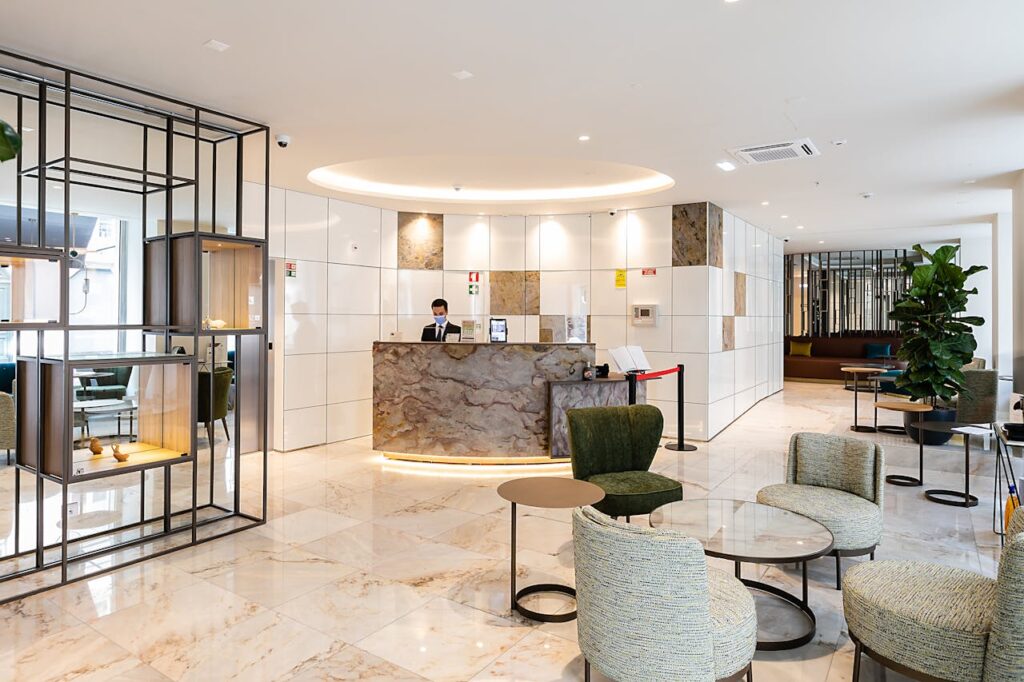7 Powerful Ways to Prevent Brain Eating Amoeba While Traveling Safely
Table of Contents
Introduction
While the brain eating amoeba (Naegleria fowleri) is an exceptionally rare infection, its severity makes awareness crucial for travelers. The excellent news is that simple, powerful prevention strategies can keep you safe, allowing you to enjoy your adventures worry-free. By understanding how this amoeba operates—primarily entering through the nose in warm freshwater—you can effectively avoid it. Here are seven powerful ways to ensure your safety and prevent any risk of brain eating amoeba while traveling.
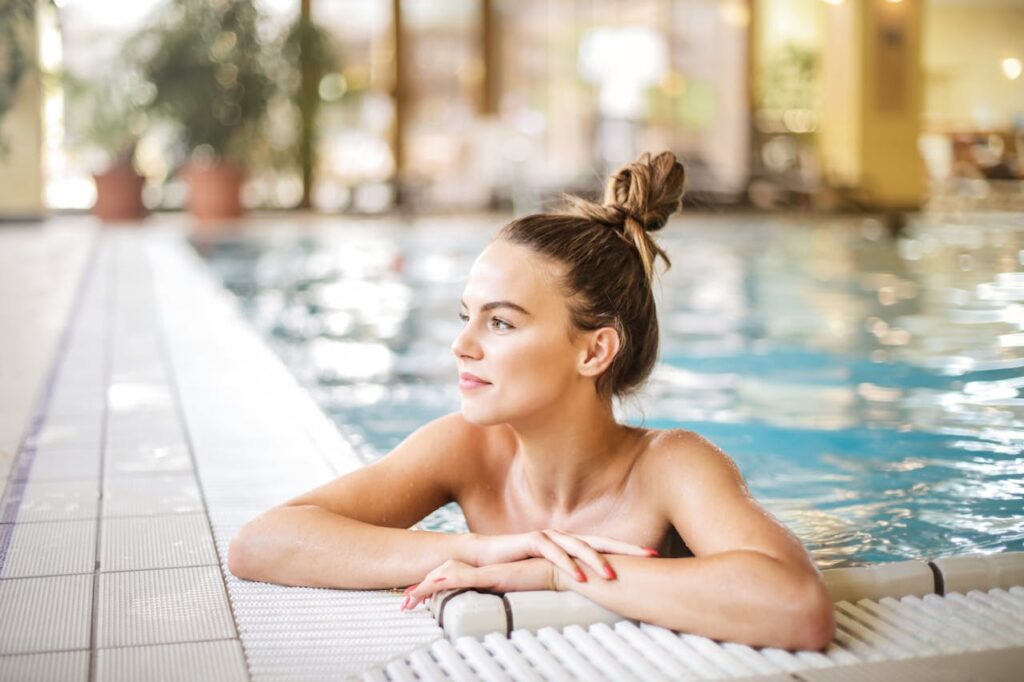
1. Choose Safe Swimming Spots
Brain eating amoeba (Naegleria fowleri) poses a rare but serious risk to travelers visiting warm freshwater locations. To stay protected, always choose chlorinated pools and well-maintained waterparks over natural water bodies, avoid swimming in stagnant lakes, ponds, or hot springs where temperatures exceed 80°F, and never dive or jump into unfamiliar waters. Use nose clips or hold your nose when entering any freshwater, avoid disturbing sediment at the bottom, and consider using distilled or boiled water for nasal irrigation. Most importantly, stay informed about local water safety conditions and choose reputable facilities with proper water treatment systems to minimize your exposure risk.
2. Use Nose Protection While Swimming
Brain eating amoeba, specifically Naegleria fowleri, enters the body through the nose when contaminated water is forced into the nasal passages, often during swimming or diving in warm, stagnant freshwater like lakes or rivers. Once inside, the amoeba travels to the brain, causing a rare but deadly infection called primary amebic meningoencephalitis. To prevent this, use nose clips while swimming in potentially risky waters to block water entry. Alternatively, avoid submerging your head in warm, untreated freshwater sources, especially in tropical or warm climates, to minimize the risk of brain-eating amoeba infection while traveling safely.
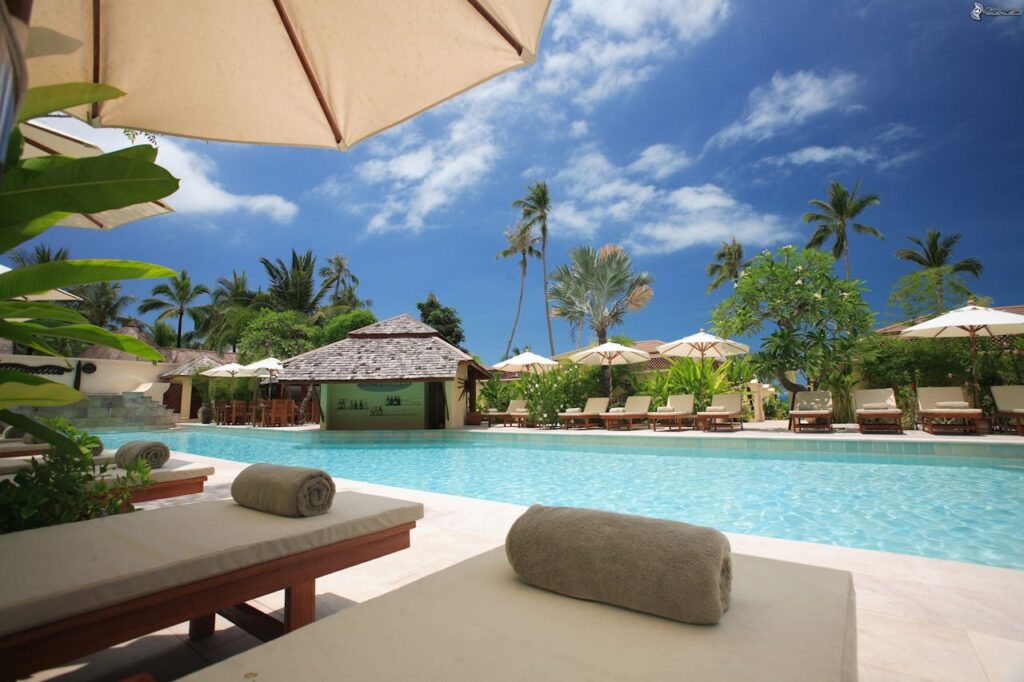
3. Avoid Stirring Up Sediment in Lakes or Ponds
When swimming in natural water bodies, it’s important to avoid stirring up the sediment at the bottom of lakes, ponds, or rivers, as this is where the brain eating amoeba (Naegleria fowleri) is most likely to thrive, especially in warm freshwater. Disturbing the mud or soil can release the amoeba into the water, increasing the risk of exposure through the nose. To stay safe, choose clear, open areas for swimming and avoid diving or jumping feet-first into shallow, muddy sections. By practicing this simple precaution, travelers can enjoy freshwater adventures with greater confidence and peace of mind.
4. Stick to Treated Water Sources in Resorts and Rentals
When booking your stay, prioritize accommodations known for rigorous water system maintenance. As a hospitality-focused blog, we emphasize the critical role hosts play in preventing brain eating amoeba risks by ensuring water tanks, pools, and jacuzzis are properly chlorinated and serviced. Don’t hesitate to contact your resort or rental host beforehand to inquire about their water treatment protocols. Confirming that recreational and tap water is adequately disinfected provides a powerful layer of protection, allowing you to relax fully and enjoy all the amenities your destination offers without concern.
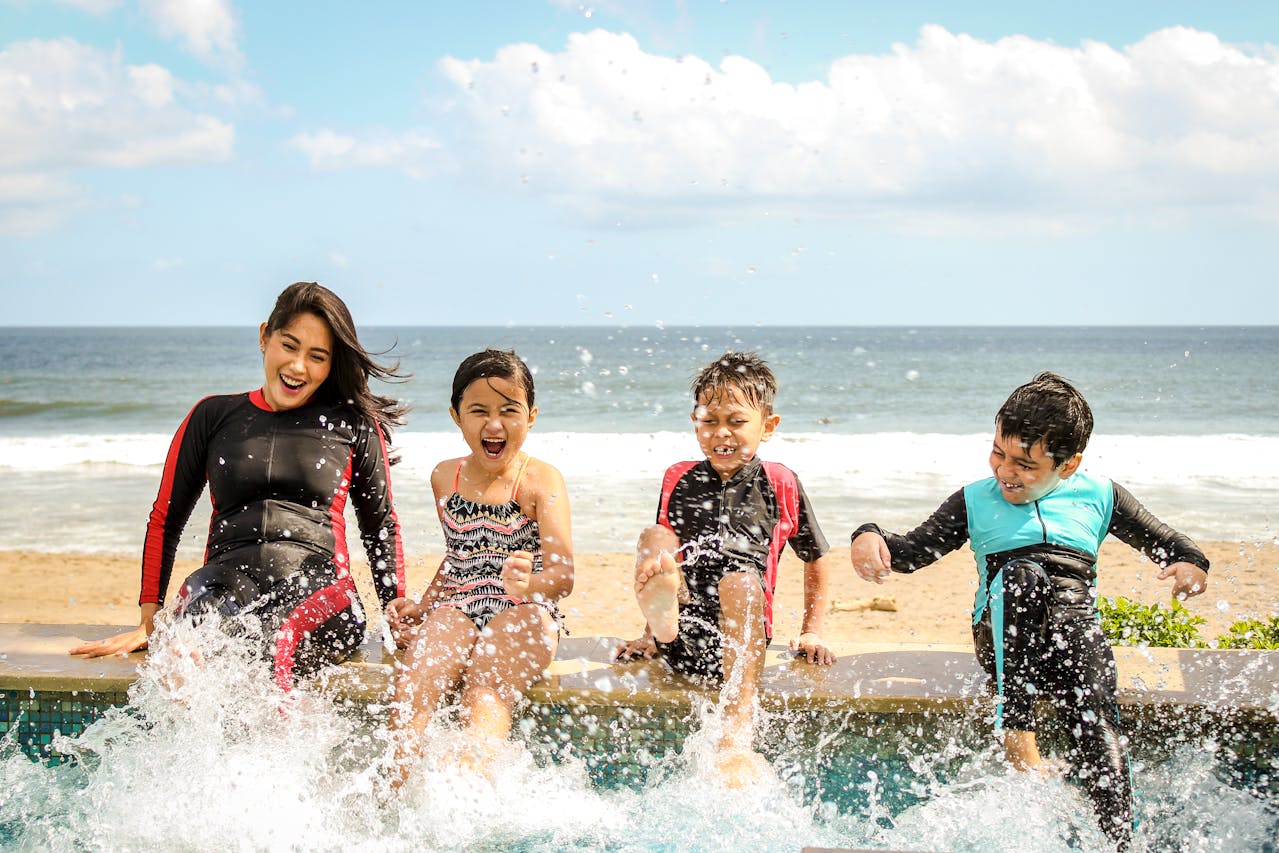
5. Practice Smart Hygiene While Traveling
Maintaining proper hygiene is crucial for preventing brain eating amoeba infections during travel. Always use bottled, distilled, or properly boiled water for nasal rinsing, sinus irrigation, or neti pot use—never use tap water, even if it’s safe for drinking, as brain eating amoeba can survive in treated municipal water systems. Avoid using untreated water sources for cleaning wounds, washing your face, or any activity that might allow water to enter your nasal passages. When staying in hotels or unfamiliar locations, verify water quality before any nasal contact, and carry bottled water specifically for personal hygiene needs to ensure complete protection from this potentially fatal organism.
6. Stay Informed About Local Water Safety Advisories
Staying informed about local water safety advisories is crucial for preventing brain eating amoeba infections while traveling. Before your trip, check government travel advisories, such as those from the CDC or your country’s health department, for areas with warm freshwater lakes, rivers, or hot springs where Naegleria fowleri thrives, especially during summer months when water temperatures exceed 80°F. These alerts often highlight recent detections, like warnings at Nevada’s Lake Mead hot springs or Texas lakes. Upon arrival, inquire with hospitality providers—hotels, resorts, or tour operators—who can display prominent safety notices in rooms and lobbies, advising guests to avoid submerging heads, use nose clips, and opt for chlorinated pools instead of natural waters to ensure safe, worry-free adventures.
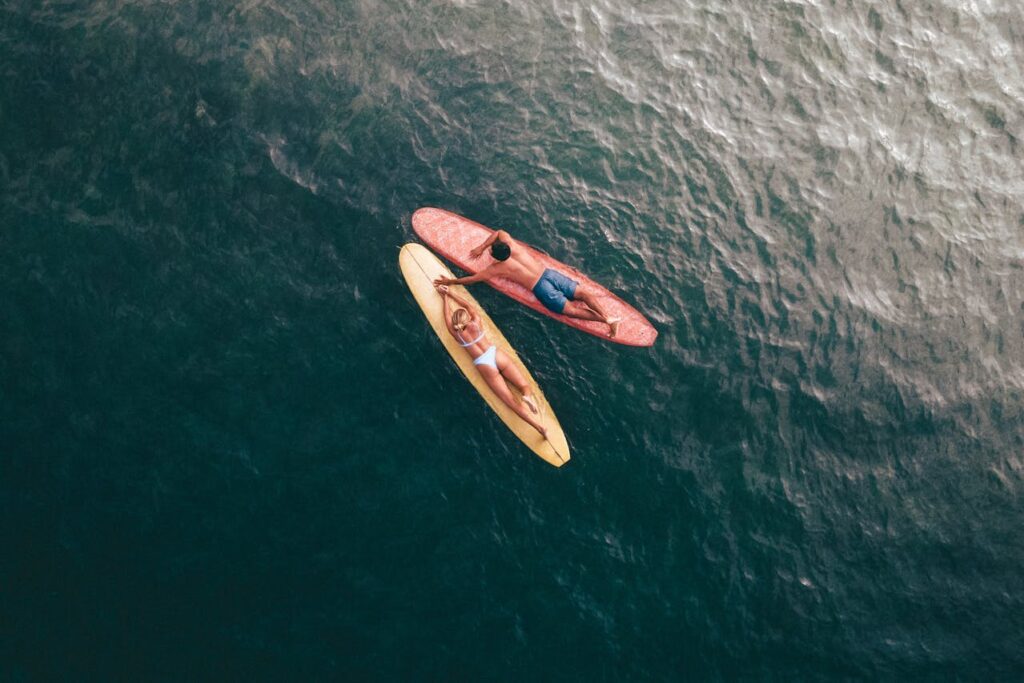
7. Prioritize Preventive Wellness Habits
Maintaining overall wellness is one of the best ways to stay safe while traveling and swimming, even in areas where the brain eating amoeba might be present. A strong immune system, supported by healthy eating, proper hydration, and adequate rest, helps the body stay resilient. Practicing good hygiene—like using clean water for nasal rinsing and avoiding untreated sources—further reduces risk. Most importantly, approach swimming with mindfulness and positivity; prevention is about enjoying the water responsibly, not living in fear. By prioritizing these preventive wellness habits, travelers can confidently embrace fun aquatic activities while keeping health and safety in balance.
Conclusion
While the thought of a brain eating amoeba is alarming, it is crucial to remember that confirmed cases are extraordinarily rare. By adhering to these simple prevention methods—primarily avoiding nasal contact with warm freshwater—you can confidently enjoy swimming and all your travel adventures. Practicing these smart, safe travel habits ensures your vacation remains the worry-free escape it’s meant to be. At Buffet of Hospitality, we believe informed guests enjoy more confident and carefree journeys, so you can focus on making unforgettable memories, knowing you’ve prioritized your well-being.
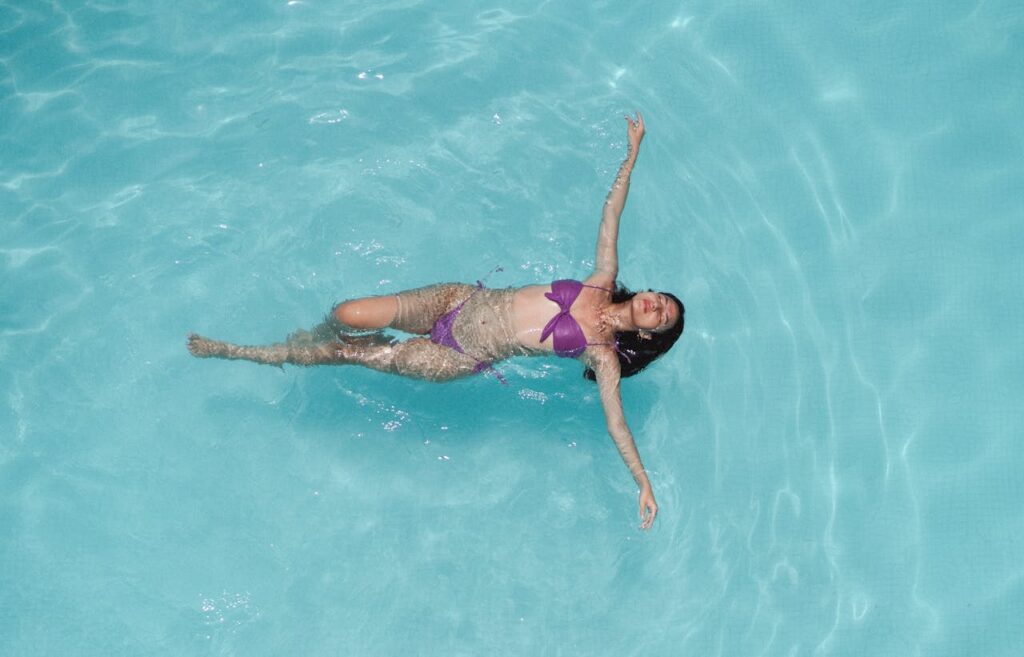
If you found this guide on 7 Powerful Ways to Prevent Brain Eating Amoeba While Traveling Safely helpful, don’t forget to share it with fellow travelers. Staying informed about water safety, wellness habits, and preventive measures ensures your journeys remain enjoyable and secure. The brain eating amoeba may sound alarming, but with smart precautions—like choosing treated water, avoiding sediment, and practicing good hygiene—you can swim and travel with confidence. We’d love to hear from you! Have you ever taken extra steps to stay safe while swimming abroad? Share your experiences and tips to inspire other travelers to enjoy worry-free adventures.
Stay connected for more insights, tips, and inspiration! Follow us!
Don’t miss out—Click follow now!
Explore More Tips and Guides
If you’re looking for more hospitality & travel inspiration, check out our other posts:
Related posts:
- 10 Most Unsafe Countries to Visit – Shocking Travel Warnings!
- Romantic Escapes: Discover the World’s Most Luxurious Valentine’s Day 2025 Destinations to Ignite Your Love Story!
- Love & Laptop – 5 Ways to Spark Romance as a Digital Nomad This Valentine’s Day 2025!
- Ultimate 10-Day Japan Travel Itinerary for an Unforgettable Cultural Adventure



